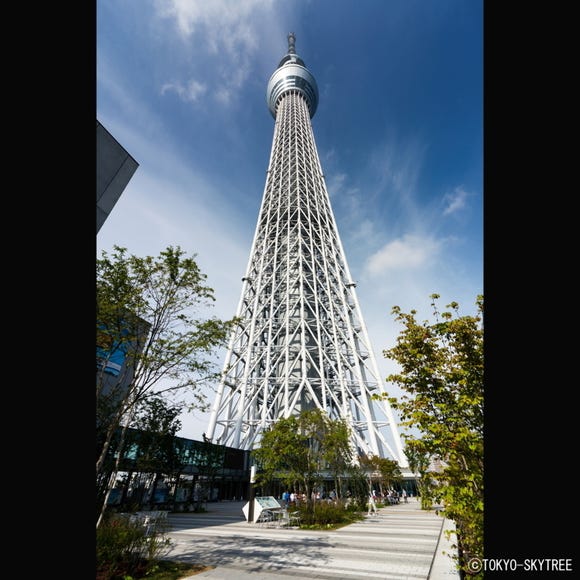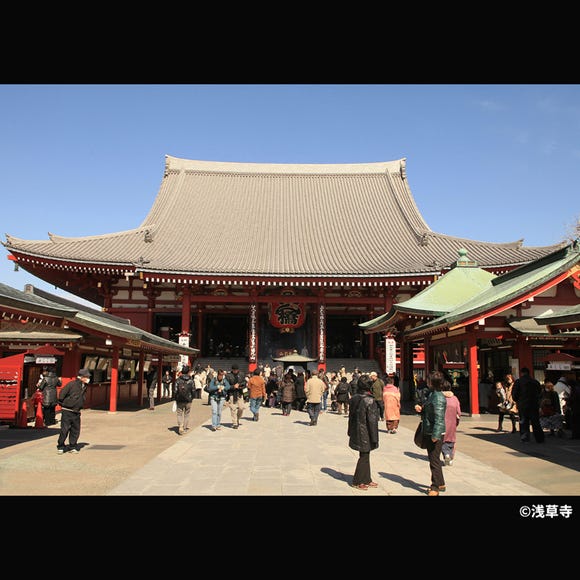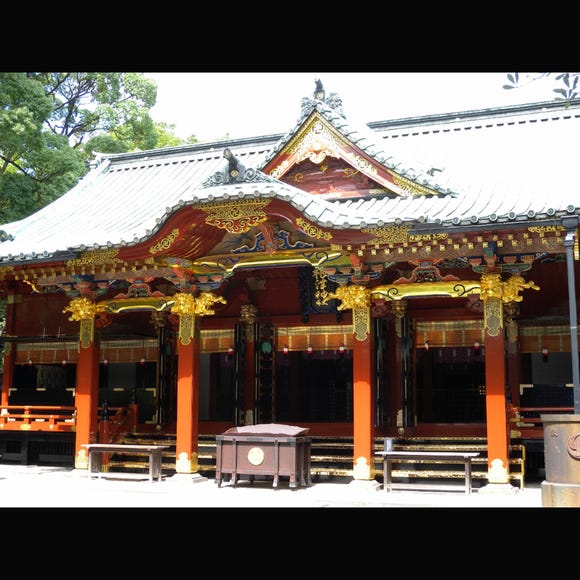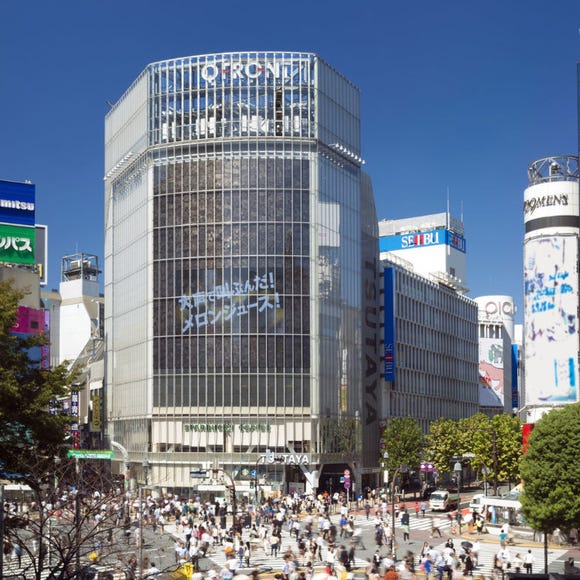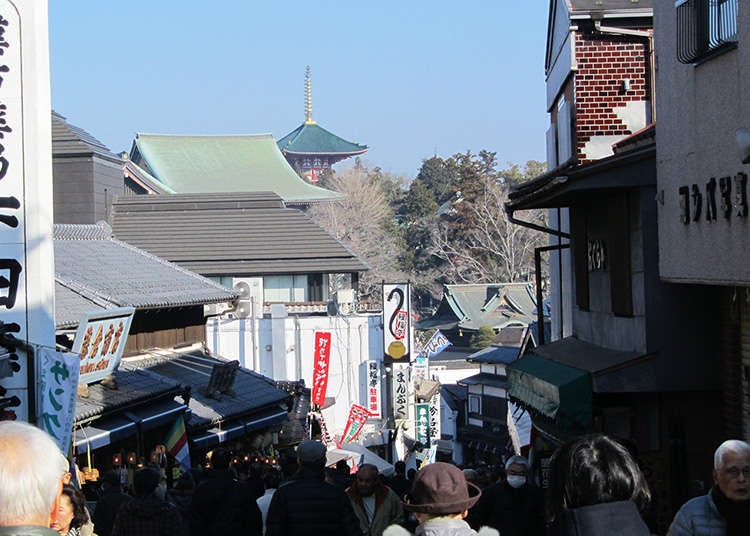
Narita and Sakura are easily accessible towns that are only a 30 minute drive away from the Narita Airport, and are dotted with places where you can experience a traditional Japan. There are many spots you should drop by before going to Tokyo! By visiting these authentic historical sites, you can experience an ancient side of Japan rarely seen outside the busy metropolis areas.
Narita's Famous Temple with a History of over a Thousand Years
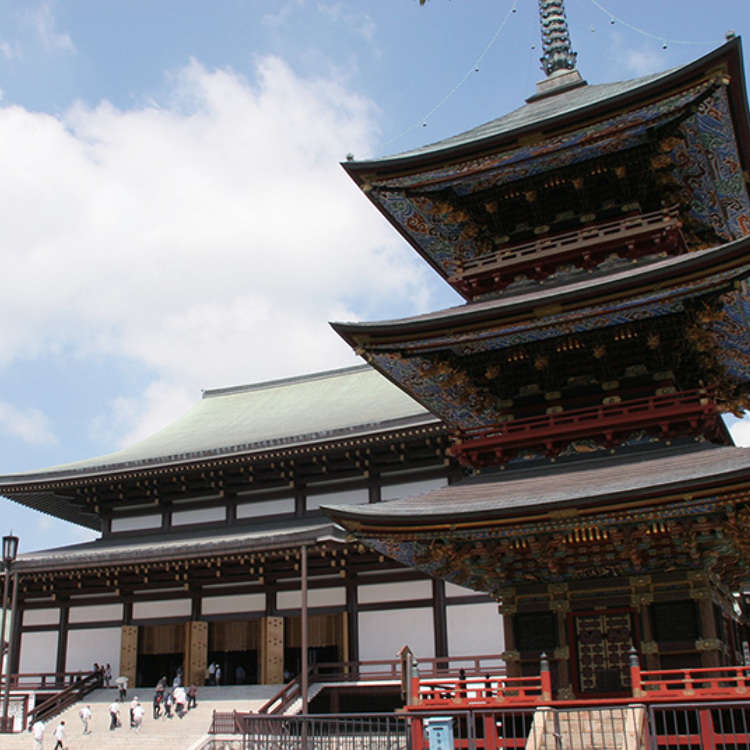
The place that holds name recognition equivalent to that of Narita Airport is the Narita-san Shinsho-ji temple at Narita-san. It is a temple built after the civil wars in 940, when the gomakito (a ritual of consecrated fire) was performed to suppress the rebellions led by Taira Masakado. It is dedicated to the deity known as Acala and there are many important cultural artifacts such as the shakado (statue of Buddha) and a Deva gate inside the vast temple grounds. As the main temple of the Chisan-ha sect of Shingon Buddhism, it receives the second highest number of visitors in Japan on New Year's Day, losing out only to Meiji Shrine in Tokyo. Many people visit because of the gomakito as well.
-
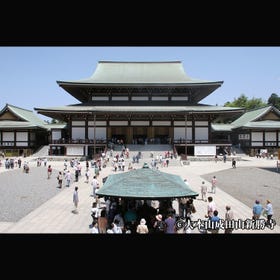
-
Address
1, Narita, Narita-shi, Chiba, 286-0023
View Map -
Nearest Station
Narita Station (JR Narita Line)
10 minutes on foot
- Phone Number 0476-22-2111
-
Address
1, Narita, Narita-shi, Chiba, 286-0023
Savor Narita's Eel on your way up
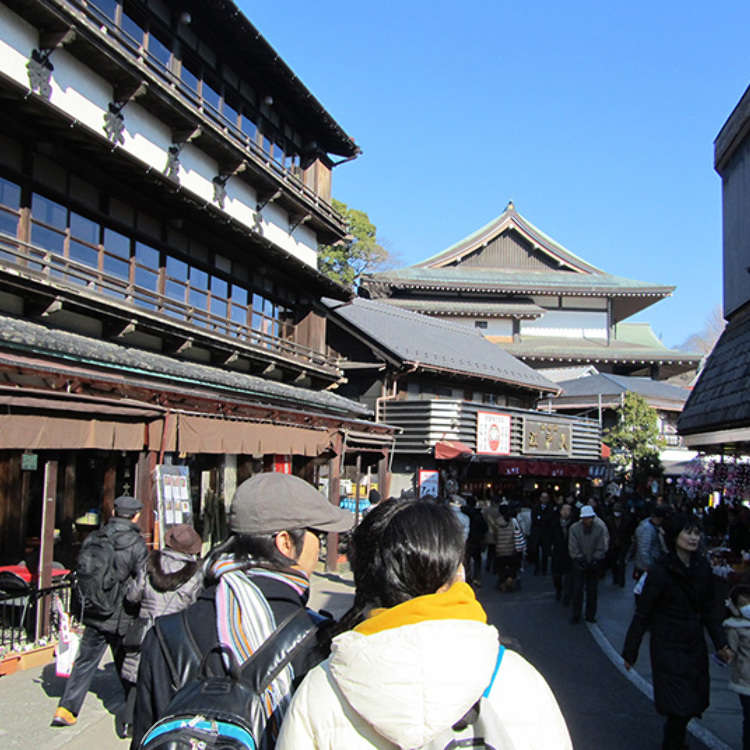
The road that leads to Narita-san Shinsho-ji is full of incredible sights. A 700-year-old beech tree, which is considered to be part of the deity Acala, stands in front of the JR Narita Station. A little further on, the street brims over with souvenir shops and places to eat. The particular specialty around the main street to the temple is eel, and you can find around 60 eel shops lined up along the path. Eat the nutritious eels to vitalize your mind and body on your way to the temple!
-
Shinsho-ji Omotesando新勝寺表参道
- Address 1 Narita, Narita-shi, Chiba, 286-0023
Elegance of Old: the Sakura Daimyo Domain
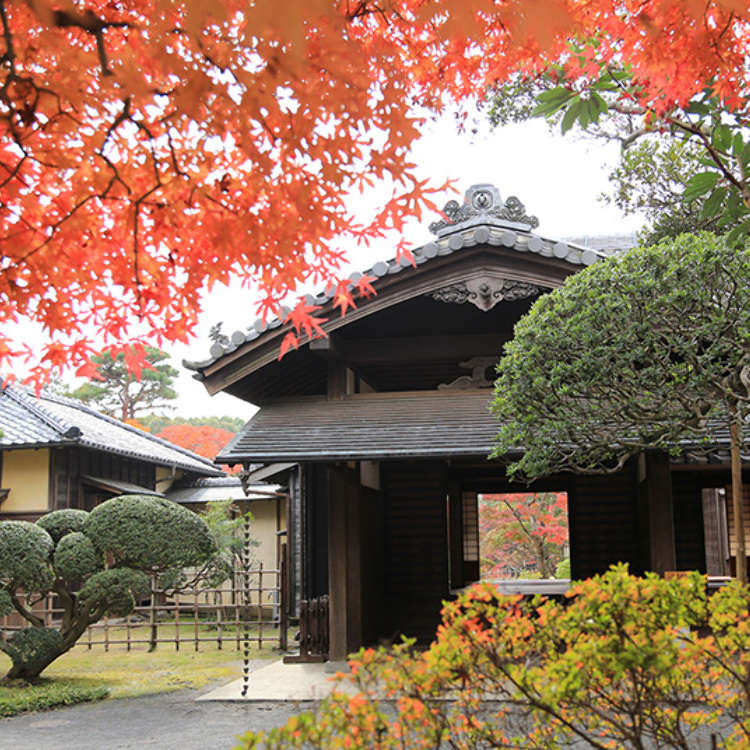
This was the residence of Hotta Masatomo, who was the last daimyo, a medieval feudal lord, of the Sakura Domain. Built in 1890, it is considered a precious national treasure as a still-existing residence of an old daimyo family of the Meiji period. It combines the traditional Japanese architectural techniques such as Tsuba-tsukuri and Hiuchi-nuki, and the Western architectural construction methods with its use of nuts and bolts. Objects such as sliding doors, the storage space above closets, and cupboards on the floor are on display as they would have appeared back then. It is a historical site where you can experience the romance of the Meiji period.
-
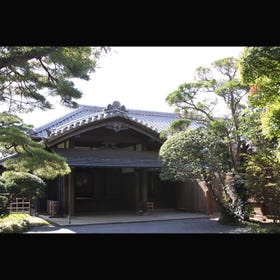
-
Address
274, Kaburagimachi, Sakura-shi, Chiba, 285-0025
View Map -
Nearest Station
Keisei Sakura Station (Keisei Main Line)
20 minutes on foot
- Phone Number 043-483-2390
-
Address
274, Kaburagimachi, Sakura-shi, Chiba, 285-0025
Famous Cherry Blossoms at one of Japan's Top 100 Castles
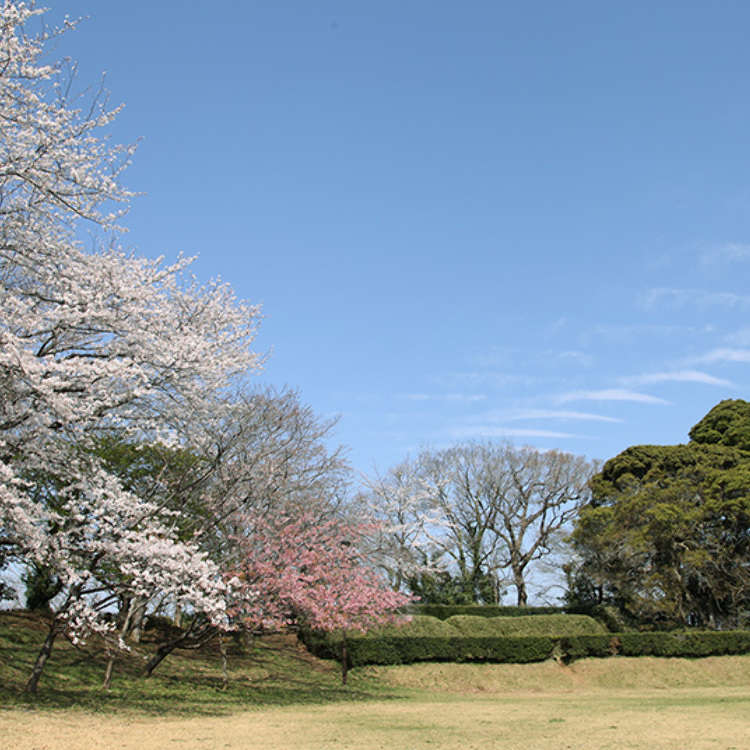
Sakura Castle was also used as the government office of the Sakura Domain during the Edo period. What was built in this site of greenery and history was the Sakura Castle Ruins Park. Castle remains can be found in the park such as parts of old towers and dry moats. There are also many large trees such as the Mokkuku Couple evergreen trees which are around 400 years old and have been designated a natural monument by Chiba Prefecture. It is also a place where around 48 varieties of around 1,100 cherry blossom trees proudly blossom during spring. The park hosts tea gatherings for the general public on Sundays and national holidays at the tea room called Sankeitei.
-
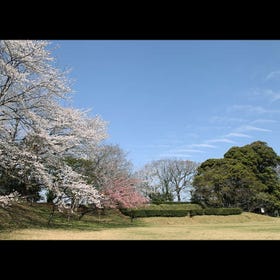
-
Address
117, Jonaimachi, Sakura-shi, Chiba, 285-0017
View Map -
Nearest Station
Keisei Sakura Station (Keisei Main Line)
- Phone Number 043-486-6000
-
Address
117, Jonaimachi, Sakura-shi, Chiba, 285-0017
Get a glimpse into the life of a Samurai from the Edo period
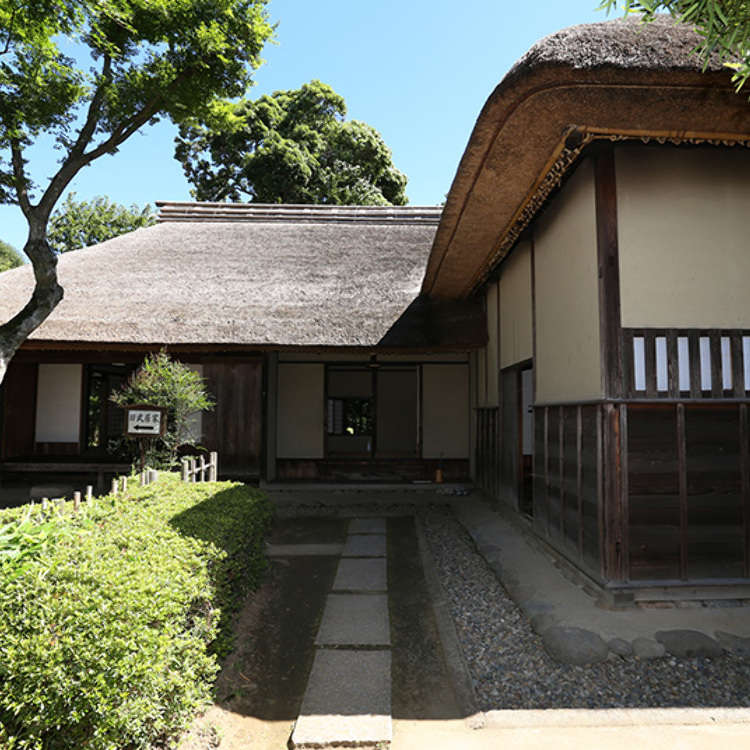
During the Edo period, Japanese society had a caste system in place, with bushi (warriors/samurai) at the top. The largest settlement of warrior households in Kanto is the Samurai Houses in Sakura, where you can learn about the lifestyle of warriors at the time. Apart from being easily accessible by a 10 minute walk from the JR Sakura Station, this visit will also make you feel like you've stepped back in time, as the old path of Hiyodori-saka slope is surrounded by bamboo forests that have remain almost unchanged since the Edo period. Three out of the existing five buildings are open to the public, and you will easily be able to tell the differences in social status of the occupants based on the sizes of the houses. Free guided tours are offered during holidays and weekends; they do require a prior reservation, however.
-
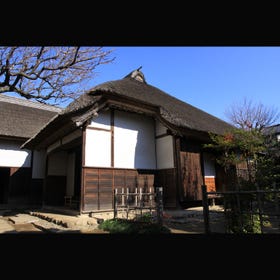
-
Address
57, Miyakoujimachi, Sakura-shi, Chiba, 285-0016
View Map -
Nearest Station
Sakura Station (JR Sobu Main Line / JR Narita Line)
15 minutes on foot
- Phone Number 043-486-2947
-
Address
57, Miyakoujimachi, Sakura-shi, Chiba, 285-0016
- Area
- Category
*Prices and options mentioned are subject to change.
*Unless stated otherwise, all prices include tax.
Limited time offer: 10% discount coupons available now!
-

15 Must-Try Restaurants in Ikebukuro: From Aged Yakiniku to All-You-Can-Eat Sushi, Plus Adorable Animal Cafés
-

12 Unique & Fun Tokyo Food Tours to Enjoy in 2024
-

Best Things to Do in Tokyo in April 2024: Events, Festivals & More
-

Step Into the Story: Inside Immersive Fort Tokyo
-

Where to Eat in Shibuya: 14 Must-Try Restaurants for Yakiniku, Sushi, Izakayas, Cafes and More
-

Discover Osaka Station City: A Journey Through Its Most Fascinating Spots
-
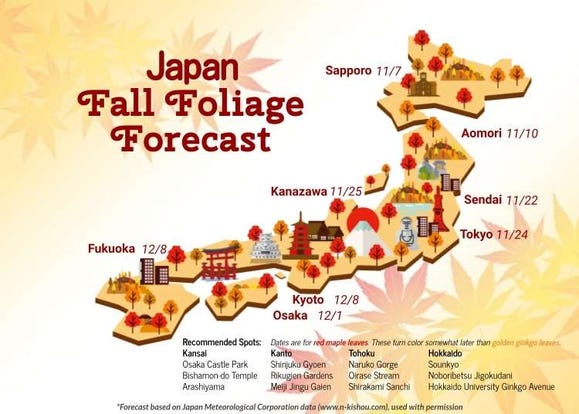
Autumn in Japan 2024: Fall Foliage Forecast & Where to Enjoy the Colorful Leaves (+Tour Info)
-
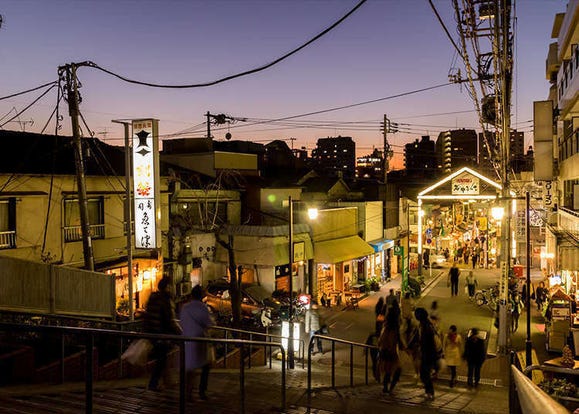
4 Best Historic Neighborhoods to Experience Old Tokyo
-
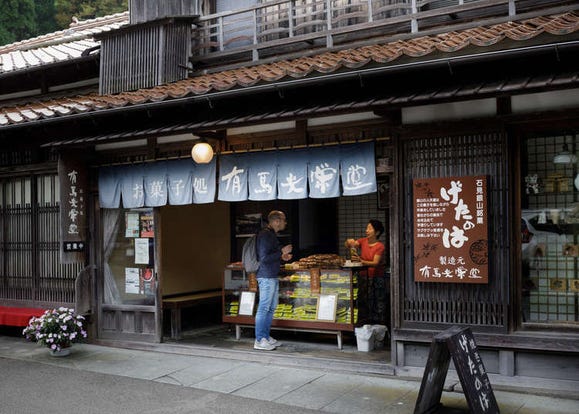
Discover The Dreamy Historical Village of Omori - Home to World Heritage Iwami Ginzan Silver Mine (Shimane Prefecture)
-
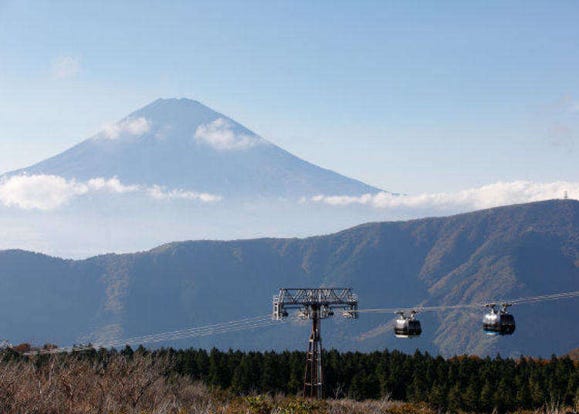
Easy Day Trip from Tokyo! Ultimate Sightseeing Guide for Hakone & Lake Ashinoko!
-
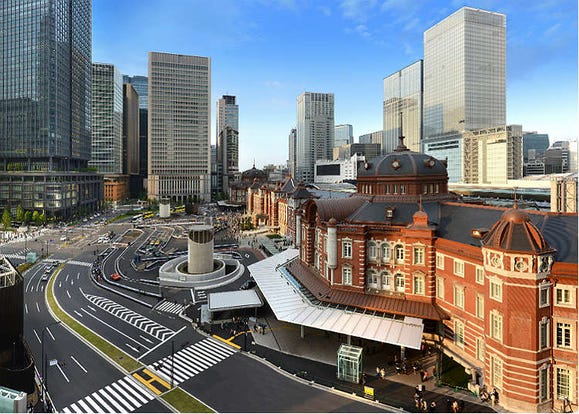
This is the way to get around in Tokyo Station at the first time!
-

Perfect Tokyo Day Trip Itinerary: Visiting Tokyo’s Best Spots for First-Timers!
- #best ramen tokyo
- #what to buy in ameyoko
- #what to bring to japan
- #new years in tokyo
- #best izakaya shinjuku
- #things to do tokyo
- #japanese nail trends
- #what to do in odaiba
- #onsen tattoo friendly tokyo
- #daiso
- #best sushi ginza
- #japanese convenience store snacks
- #best yakiniku shibuya
- #japanese fashion culture
- #best japanese soft drinks
















